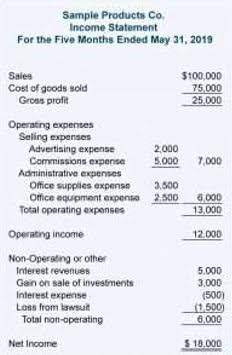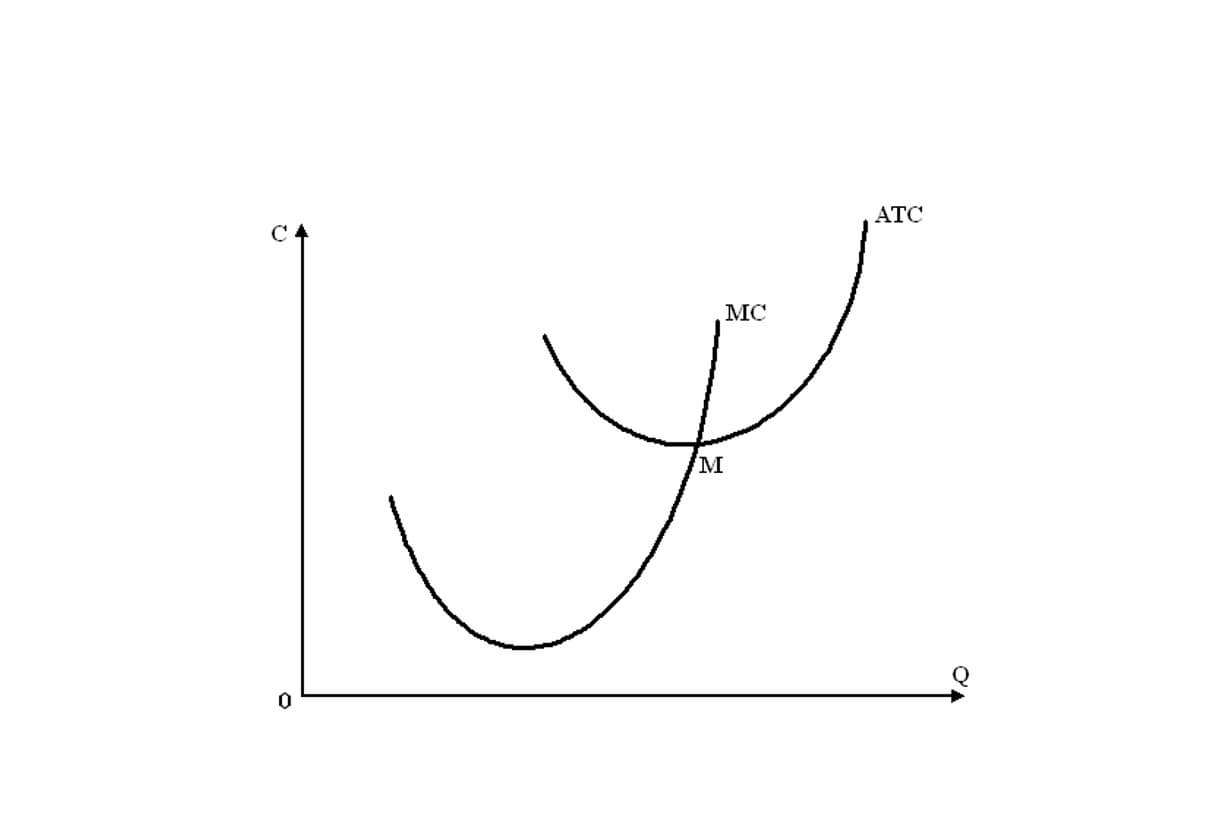
Other major industries, such as retailers and manufacturers, have most of their value in long-term assets, known as property, plant, and equipment (PPE), as well as assets like inventory and accounts receivable. They are recorded at historic cost and then impaired as circumstances indicate. Correcting for a loss of value for these assets is called impairment rather than marking to market. FASB Statement of Interest “SFAS 157–Fair Value Measurements” provides a definition of “fair value” and how to measure it in accordance with generally accepted accounting principles (GAAP). Assets must then be valued for accounting purposes at that fair value and updated on a regular basis. The main downfall of the mark-to-marketing accounting principle is that the fair value upon which two sides have agreed may not reflect the actual worth of an asset.
Balance sheet
It’s important to remember that there is an important difference between ‘realized’ and ‘unrealized’ gains or losses. Realized gains or losses occur when an asset is actually sold, whereas unrealized gains or losses represent the potential profit or loss, even if the asset is not actually sold. One area where MTM is especially important is in the financial sector, such as in derivatives trading. In derivatives contracts, the counterparties need to know what the contract is worth at any given time, because this will determine what they owe one-another. To make sure this information is available, the counterparties will typically use MTM on a regular basis, repricing their contract based on the latest available market information. Financial Accounting Standards Board eased the mark to market accounting rule.
Yahoo Stock Portfolio – How Does it Work? Why Should I Use It?
A futures contract obligates the buyer and the seller to buy, respectively sell, the underlying asset at a predetermined price on a predetermined date, regardless of the market price at the due date. Naturally, this involves a long and short trader on each side of the contract. Mark-to-market losses occurs when an asset is marked to market at a lower value than the price paid to is mark to market accounting legal acquire the asset. For instance, mutual funds experience mark-to-market losses when their NAV is higher one day and drops the next. Mark-to-market losses are paper or unrealized losses expressed through an accounting entry rather than an actual sale. It will be considered a capital loss if the holder sells their assets at a lower value than the price at which they were acquired.

Mark-to-market accounting use by Enron
The mark-to-market value for assets that are frequently traded is easy to determine. In such cases, the asset is valued at an amount the company would get if it sold the asset now. In short, mark-to-market accounting is about making sure the balance sheet value of assets reflects real-world market conditions rather than just historical costs. This provides greater transparency into a company’s true financial health at any given moment.
- Thus, FAS 157 applies in the cases above where a company is required or elects to record an asset or liability at fair value.
- Second, FAS 157 emphasizes that fair value is market-based rather than entity-specific.
- A typical example of the latter is shares of a privately owned company the value of which is based on projected cash flows.
- Typically, these funds are required to use MTM on their portfolios on a daily basis.
- Consult with your accountant or another financial advisor if necessary – each company’s situation varies.
- Returning to an example we used earlier, the replacement cost of a home as listed by an insurance company is the cost of replacing the home, meaning, rebuilding it on the already-owned land.
- It could also be used to determine the value of a property based on current market rents instead of using current tenants’ rents.

But both measures aim to determine the fair and realizable value of an asset or liability at a given point in time. Outreach conducted by bankers and the ABA convinced FASB members that both the original MTM proposal and FASB’s subsequent proposal did not improve bank accounting. Compared to the initial proposal, the standard will cause much less confusion for bank investors and less damage to the credibility of bank financial statements. It also avoids costly disclosures related to the value and management of core deposits.
Mark to Market Losses in 2008

In accounting for individuals, the market value is considered to be equal to the replacement cost for a given asset. For example, the insurance for a homeowner often includes the value of their home in the event that they will need to rebuild their home. The new price is different from the historical cost of the home or the original price paid for the property.
Will AI Replace My Job? Future-Proof Your Career & Income
- Alternatively, let’s take a look at mark-to-market accounting as it applies to day traders.
- When trading futures or trading on margin, it’s important to understand how mark to market calculations could affect your returns and your potential to be subject to a margin call.
- Other major industries, such as retailers and manufacturers, have most of their value in long-term assets, known as property, plant, and equipment (PPE), as well as assets like inventory and accounts receivable.
- Using mark-to-market calculators leads to greater accuracy and reliability in valuations.
- This method is based on a company’s past transactions and is conservative, easy to calculate, and reliable.
- If the market value of the assets increases, the company will report a gain.












